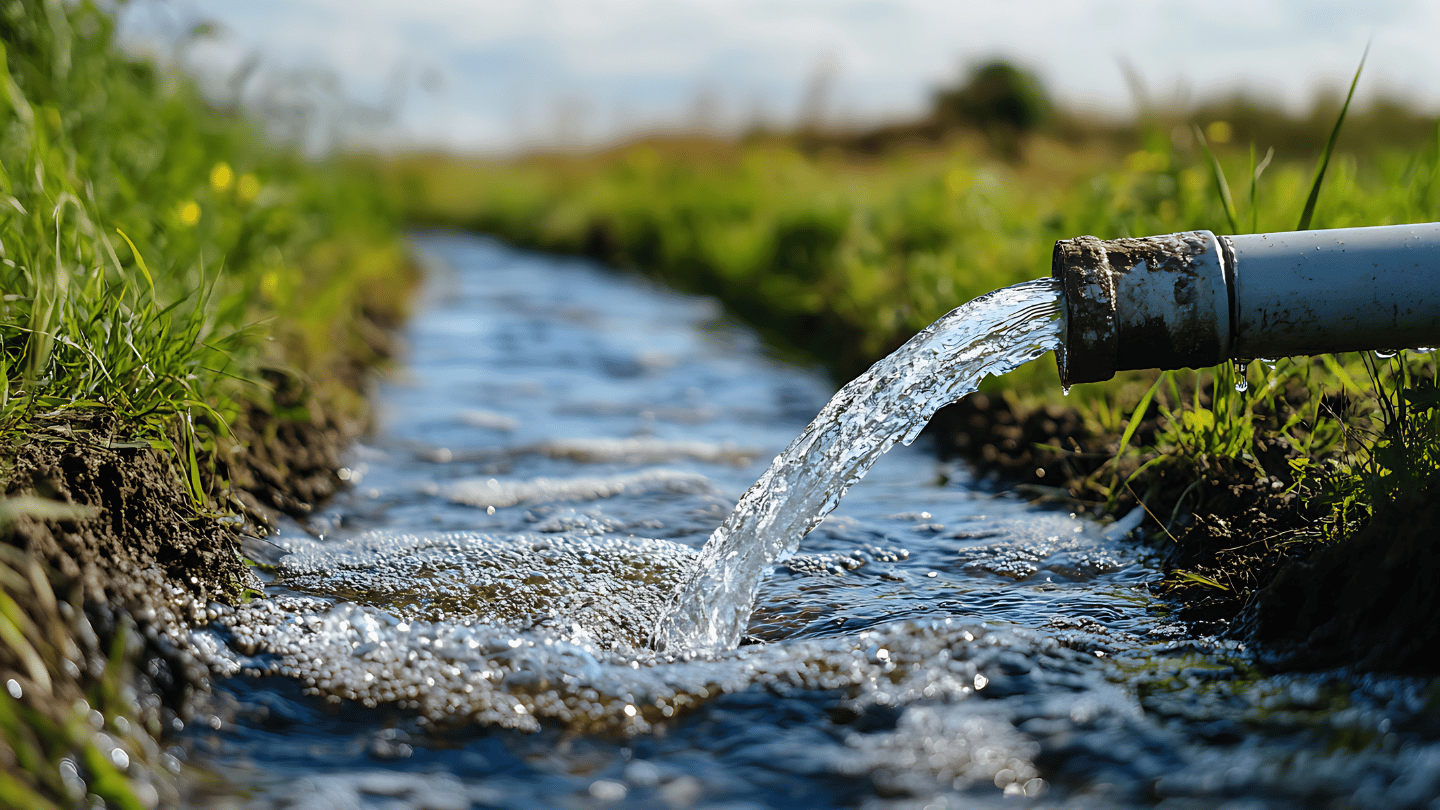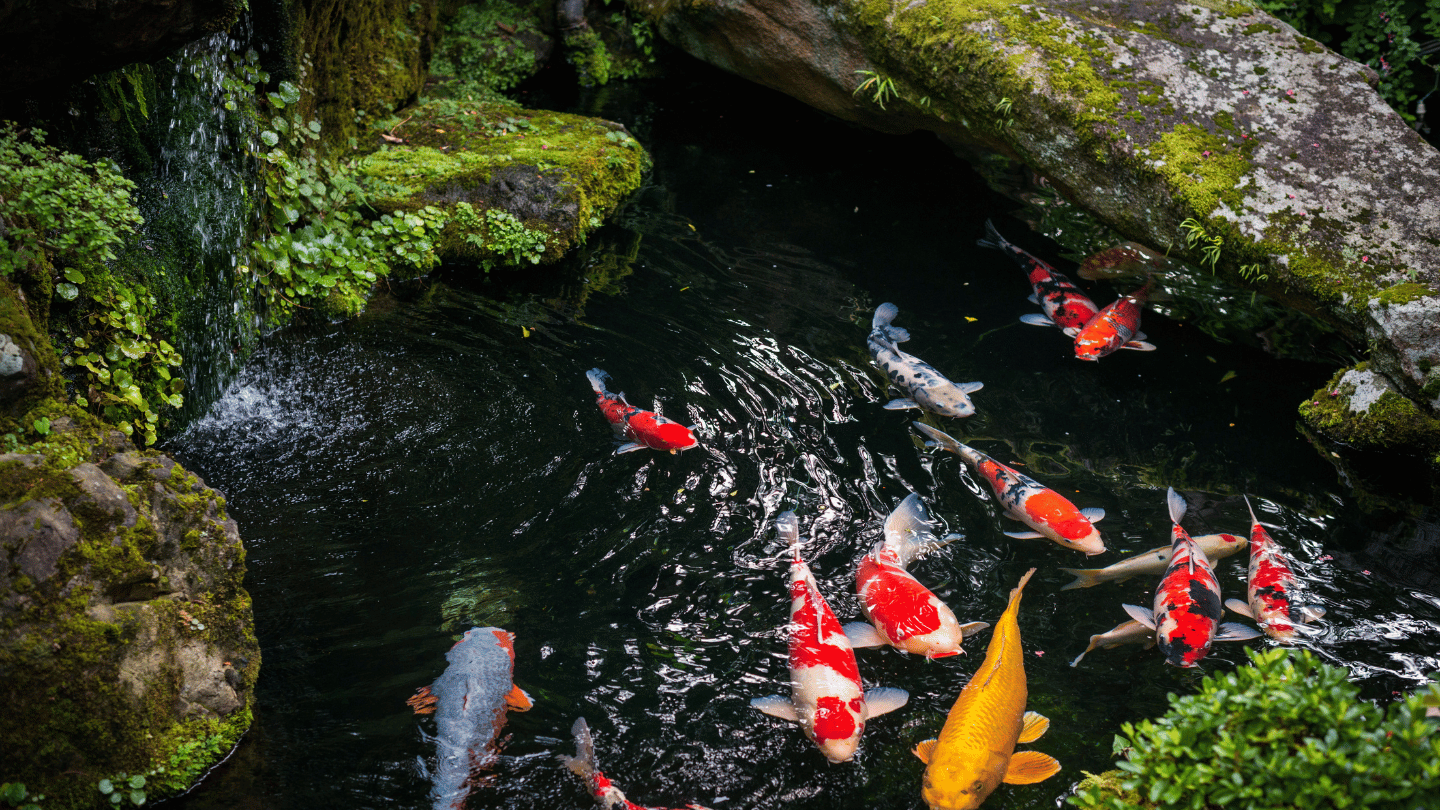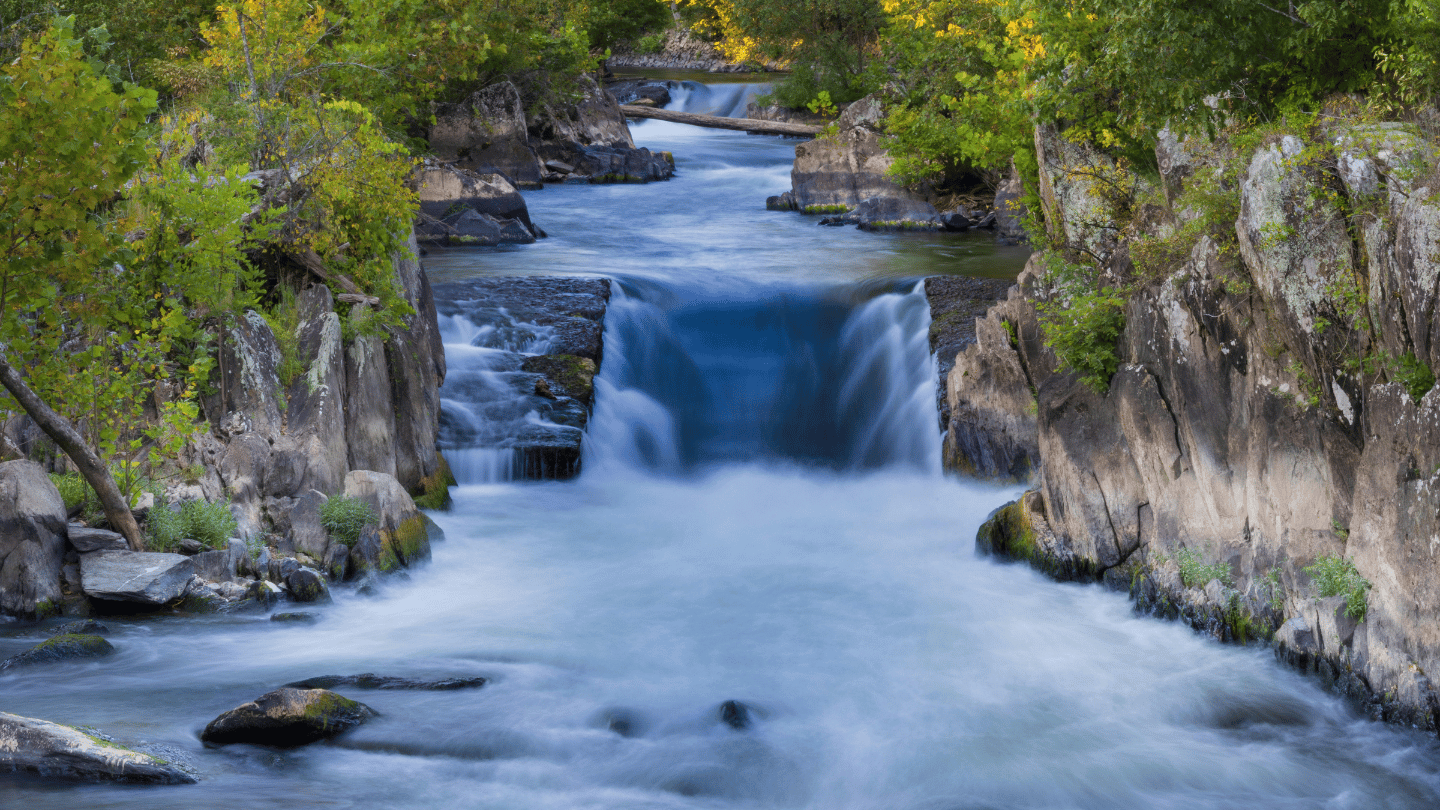You bought a house with a sloped backyard and figured water features were off the table. Too much engineering, too much hassle, right? Actually, slopes are some of the best properties for streams—as long as you're willing to work with the hill instead of against it.
We've built dozens of streams on Brentwood's hillside lots, and here's what we've learned: gravity isn't your enemy. It's doing half the work for you. The trick is designing a stream that flows naturally, holds the soil in place, and doesn't look like someone just dumped a bunch of rocks down the hill and called it landscaping.
Why Streams Work on Hills
Water wants to go downhill anyway. A properly designed stream channels that movement, preventing the erosion you'd get from runoff while creating something that actually looks like it belongs there. We've seen too many slopes where rainwater just tears through bare soil every winter—a stream with a solid bed and thoughtful stonework stops that problem before it starts.
The sound helps too. If you've got a steep section that feels harsh or uninviting, moving water softens the whole space. Add some native rushes or creeping jenny along the edges, and suddenly you've got birds showing up, butterflies hanging around. It changes how the yard feels.
Design Approaches That Actually Work
Terraced waterfalls are the go-to for steeper grades. Instead of one long drop, you create a series of small pools that step down the slope. Each little waterfall adds sound and movement without the chaos of a single big cascade. We typically space these 3-5 feet apart vertically, depending on the grade—it keeps the flow manageable and gives you natural spots to tuck in plants or boulders.
If your slope is more gradual, a meandering path works better. Streams don't have to run straight downhill. Curving the path back and forth slows the water, reduces erosion, and gives you more planting pockets along the banks. It also looks less engineered—more like something that's been there for years.
Boulders do the heavy lifting structurally. We use them to direct flow at key points, protect banks where the current picks up speed, and add visual weight so the stream doesn't look flimsy. The right placement makes all the difference. A boulder at the outside edge of a curve, for instance, deflects water and prevents undercutting.
The Practical Stuff: Recirculation and Maintenance
Most of the streams we build use recirculating systems—hidden reservoir at the bottom, pump pushing water back to the top. It sounds complicated, but it's straightforward once it's in. You're not pulling from the municipal water supply constantly; you're just cycling the same water. In Brentwood's dry summers, you'll top it off occasionally to account for evaporation, but it's not the water hog people assume.
Maintenance isn't terrible if the design is solid. Check the pump every few months, pull out leaves before they clog things up in fall, and do a spring cleaning to refresh the gravel and trim back plants. That's about it. We've had clients run streams for years with nothing more than seasonal tune-ups.
Summer heat does mean evaporation, so positioning matters. If you can tuck part of the stream under tree shade or plant taller marginals on the sunny side, you'll lose less water. In winter, Brentwood doesn't freeze hard, but heavy rains can overwhelm a poorly sized reservoir—we always spec them larger than you'd think you need.
Making It Look Like It Belongs
The difference between a stream that works and one that looks like a DIY disaster usually comes down to the edges. Harsh lines, uniform rocks, and no plantings scream "artificial." We blend native California plants—Douglas iris, sedges, California fuchsia—with the hardscape so everything transitions naturally. The stream should feel like it's always been part of the hill, not something dropped on top of it.
If you're thinking about adding a stream to your sloped lot, start by walking your property after a rain. Watch where the water wants to go. That's your roadmap. From there, it's about working with that natural flow, reinforcing it where needed, and building something that fits the land you've actually got—not some Instagram fantasy that won't survive a Brentwood summer.





.jpg)





.jpg)